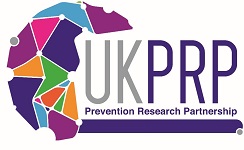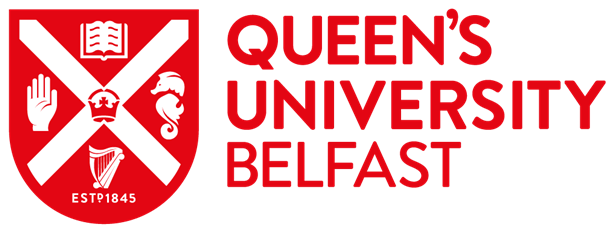Glossary: A to B
Acceptability: The extent to which people delivering or receiving an intervention consider it to be appropriate or acceptable.
Action research: The iterative process of communities identifying their problems, planning, taking action and then evaluating the results, aimed at improving the lives of those communities involved in the research.
Activity/Action: Part of an intervention aimed at reducing a risk factor (or risk factors). An intervention may consist or a single activity (e.g. mass media campaign) or multiple activities (e.g. 20mph signs, plus educational campaign, plus legal enforcement).
Anonymised data: Data that has been processed in such a manner that personal data cannot be attributed to a specific individual.
Assets: The resources of an individual, community or system that can be utilised to increase the acceptability, sustainability and effectiveness of the intervention. these can be tangible such as land or buildings, but also intangible such as education, skills and community solidarity.
Assets-based approach: Asset-based approaches emphasise the need to redress the balance between meeting needs and nurturing the strengths and resources of people and communities. They are ways of valuing and building on the skills, successes and strengths of individuals and communities, which focus on the positive capacity of individuals and communities rather than solely on their needs, deficits and problems. These assets can act as the foundation from which to build a positive future. The identification and mobilisation of an individual’s or a community’s assets can help them overcome some of the challenges they face and create a shared vision and ownership of the intervention.
Association: Statistical relationship between two or more events, characteristics, or other variables.
Bias: Any systematic error introduced into data collection and analysis by selecting or encouraging one outcome or answer over others within an evaluation
Big Data: Data sets that are too large or complex to be dealt with by traditional data-processing application software. These data contain greater variety, arriving in increasing volumes and with more velocity, and may be analysed computationally to reveal patterns, trends, and associations, especially relating to human behaviour and interactions.
Biodiversity: The variability among living organisms from all sources, including terrestrial, marine and other aquatic ecosystems, and the ecological complexes of which they are part. It includes diversity within and between species, and between ecosystems.
Blue space: Outdoor environments—either natural or manmade—that prominently feature water and are accessible to humans either proximally (being in, on or near water) or distally/virtually (being able to see, hear or otherwise sense water). Examples include oceans, rivers, canals, lakes and the land immediately surrounding these environments.
Built environment: Constructed environments that include buildings, roads and other infrastructure as well as urban squares, parks, plazas and other human-made environments that are part of the urban fabric.




